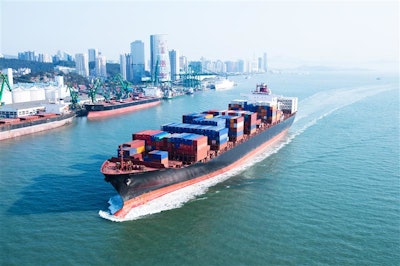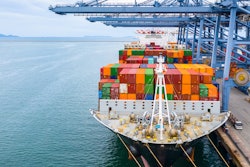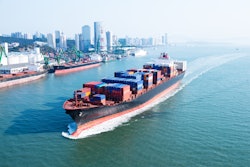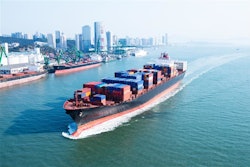
Predictive intelligence company Windward releases a new technology targeted to those interested in visibility in ocean freight. The new software, Ocean Freight Visibility, brings real-time ETA predictions, disruption risk predictions, reasons for delay and location-based insights to containerized freight.
Per PR Newswire:
- The supply chain has been severely disrupted during the global pandemic, with ocean freight rates up 1500% over the last two years. The maritime shipping industry transports around 90% of world trade, yet ocean liner reliability has also never been lower – with a mere 30% - 40% rate of on-time arrival. Improved supply chain visibility powered by large data sets and predictive insights will equip freight forwarders with the information necessary to respond effectively to constantly changing conditions, be it shifting weather, workforce shortages, or port backlogs.
Windward’s Ocean Freight Visibility solution allows users to input their containers, and proactively mitigate risks by monitoring critical shipment disruptions affecting container ETAs. The system alerts in real-time about any evolving delay allowing them to take action with their customers. The solution includes daily alerts and insights via email and is available through an API integration with existing transportation management systems or a web application.''




















